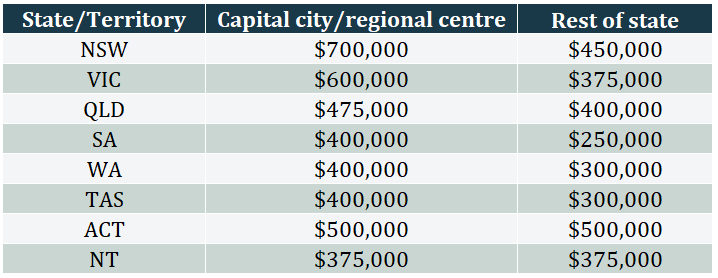
When is the right time to refinance your loan?
A study by the Reserve Bank of Australia (RBA) earlier this year found the average home loan that is more than four years old is paying an interest rate 0.40% higher than what is currently available for new loans. This may not seem like a lot but on a $500,000 loan it means you are paying $2,000 of extra interest each year that you could probably avoid. During the current pandemic, clients have been looking at ways to reduce their expenses and refinancing activity has reached historical highs. Is now the right time for you to refinance?
Reducing your interest repayments may not be the only reason you could look to refinance. Depending on your personal circumstances, refinancing can also help you to:
- Renovate your property – you can borrow extra funds to build an extra room, landscape the back yard or renovate your current kitchen.
- Consolidate your debt – if you have a credit card, personal or car loan, you may be able to fold these into your home loan saving significantly on interest.
- Releasing equity – you can borrow against the equity you have in your home to fund the deposit on an investment property or just to have extra funds if you need them.
- Change to loan features that better suit your circumstances – this may include switching from an investment to owner occupied loan or moving to a loan which offers an offset account and credit card.
Refinancing requires you to complete a full application for the new loan. The lender will assess whether you can afford the loan based on your current circumstances, so if you have had a recent reduction of income, or increased expenses, it may affect whether the loan application is approved. Lenders have also adjusted their credit policies in light of the current pandemic and the rules that applied when you were first approved may have changed. You must also consider what has happened to the value of your property since you purchased it. If the value has fallen, it may mean that you are unable to borrow the same amount that you had previously. Conversely, if the value has risen it may present a great time to release equity.
Another factor to consider in refinancing your home loan is the costs associated with moving to another lender. Whilst you may save on repayments, the costs of discharging your current loan and the application fees for the new one may leave you worse off. This becomes more prevalent if you have a small balance or when you are on a fixed rate.
Depending on the change in funding costs of the borrower, it can be very expensive to break a fixed loan before maturity. When they mature, fixed loans will revert to variable which are often less competitive to others in the market. This is an excellent time to assess whether you can move to not only a lower rate, but a loan with the right features for you.
Lenders have recognised that the associated costs of refinancing may hinder your ability to change loans and regularly offer ‘cash back’ incentives of up to $4,000 to overcome this barrier. Whilst it certainly helps, it is important to do the analysis on each scenario. Often those lenders without a cash back offer, but a slightly lower rate, will save you far more over the medium to long term. This is where a mortgage broker can help assess your options.
I always suggest that clients review their loan every two to three years simply to ensure they have the most appropriate product available. Often it will not be the right time to change lenders, but doing the research gives you confidence that you are not overpaying.





